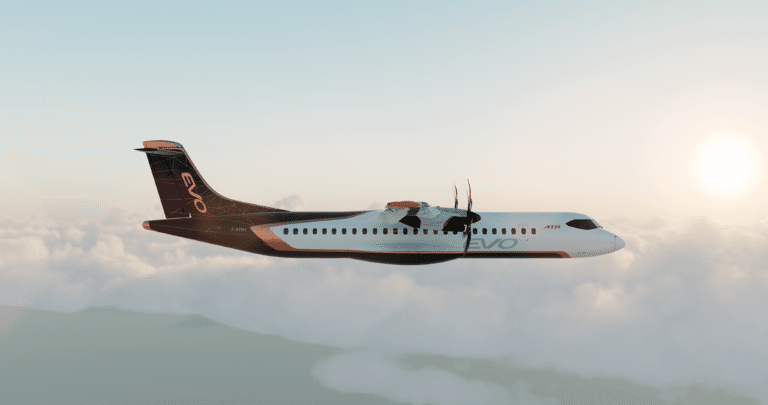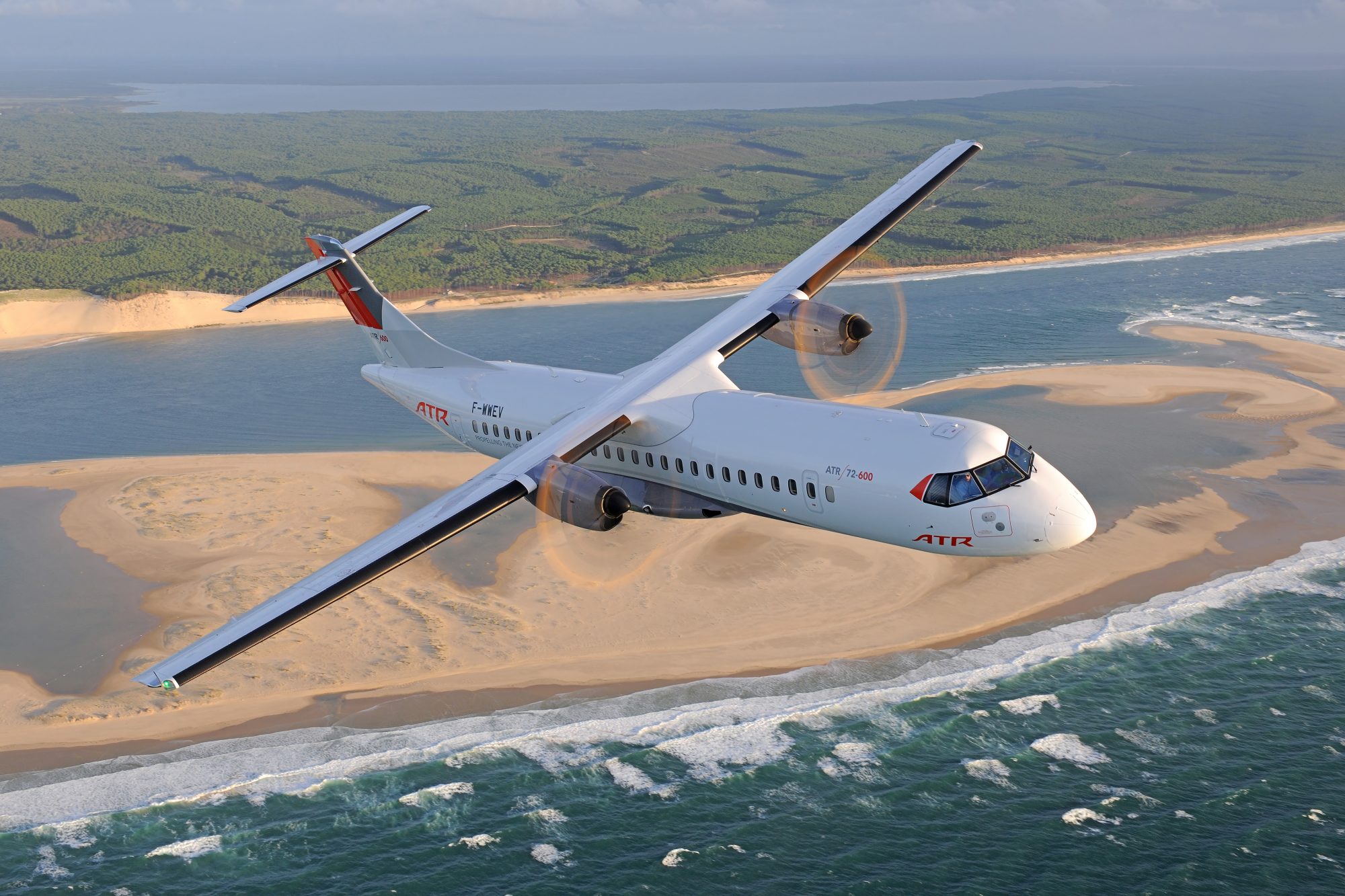ATR takes part in project to further optimise satellite-based navigation
A global navigation satellite system receiver developed for the project will be tested on an ATR
Toulouse, March 9, 2018 – ATR, the world’s leading turboprop manufacturer, is taking part in the EDG²E project (Equipment for Dual frequency Galileo, GPS and EGNOS). Over the next four years, this initiative will develop a dual-frequency multi-constellation receiver, enabling enhanced navigation capabilities. EDG²E is a project led by Thales, under a consortium benefiting from the competencies of ATR and Thales Alenia Space. AKKA, Dassault and DGAC, the French Civil Aviation Authority, will also participate as sub-contractors.
The receiver, a GNSS (Global Navigation Satellite System), is the cornerstone of aircraft navigation. The system processes signals from satellite constellations and the Space Based Augmentation System (SBAS) to accurately determine aircraft position, altitude and velocity. The prototype receiver developed under the auspices of the EDG²E project will use signals from US GPS and European Galileo positioning systems, as well as from SBAS multi-constellation EGNOS. The project aims at achieving a prototype demonstration by 2021. The prototype receiver performances will be evaluated during a flight test campaign to be performed using one of the ATR’s test aircraft.
Initiated by the European Global Navigation Satellite Systems Agency (GSA), the EDG²E project aims to support the launch of the Galileo satellites constellation, designed to become the European alternative for the American GPS. ATR’s involvement in this Research & Technology (R&T) project is part of a larger commitment to prepare for the future. By steering R&T activities towards technical topics and solutions that are specific to regional aviation, ATR wants to continuously improve the technical design of its products.
Commenting on the EDG²E project, Alessandro Amendola, SVP Engineering of ATR, declared: “The ATR aircraft, as the most modern regional aircraft, is perfectly suited to take part in this innovative EU project. We are proud of being part of the development of a new system which will clearly enhance the navigation capabilities of tomorrow’s aircraft”.
Philippe Benquet, Thales Avionics VP for R&T, declared: “Leading the EDG²E project, at ATR side, puts Thales at the forefront of the next generation receivers which will equip future aircraft by 2025. This initiative will make navigation more precise and thus safer, unleashing potential for increased air traffic”.
EGNOS has been certified for use in aviation since February 2011, and is a very effective system to complement the US GPS, in order to provide better performance, thus enhancing aircraft approach capabilities. The next generation of EGNOS, called EGNOS V3, will further enhance performance by complementing both the EU Galileo and the US GPS satellite navigation constellations.
At the end of the EDG²E project, a new standard for GPS, Galileo and SBAS receiver will be completed, with aviation’s first SBAS dual-frequency GPS and Galileo receiver being ready for final development. Receivers developed under the EDG²E initiative will provide safer operations not only for the aviation sector but also for other safety-critical applications like rail transport.
About Thales:
Thales is a global technology leader for the Aerospace, Transport, Defence and Security markets. With 64,000 employees in 56 countries, Thales reported sales of €14.9 billion in 2016. With over 25,000 engineers and researchers, Thales has a unique capability to design and deploy equipment, systems and services to meet the most complex security requirements. Its exceptional international footprint allows it to work closely with its customers all over the world.
Press Contacts
Charlotte Giuria
Media ManagerJeanne Caumont
Content & Media RelationsAbout ATR
ATR is the world number one regional aircraft manufacturer with its ATR 42 and 72, the best-selling aircraft in the below 90-seat market segment. The unifying vision of the company is to accelerate sustainable connections for people, communities and businesses, no matter how remote. Flown by some 200 airlines in over 100 countries, ATR aircraft open 120 new routes on average every year, facilitating the development of territories and enabling access to crucial services like healthcare and education. Thanks to ATR’s focus on continuous innovation and the intrinsic efficiency of the turboprop technology, ATR aircraft are the most advanced, versatile, cost-effective and lowest-emission regional aircraft on the market, emitting 45% less CO2 than similar-size regional jets. In January 2022, we flew the first ever commercial aircraft using 100% SAF in both engines. ATR is a joint-venture between Airbus and Leonardo.











